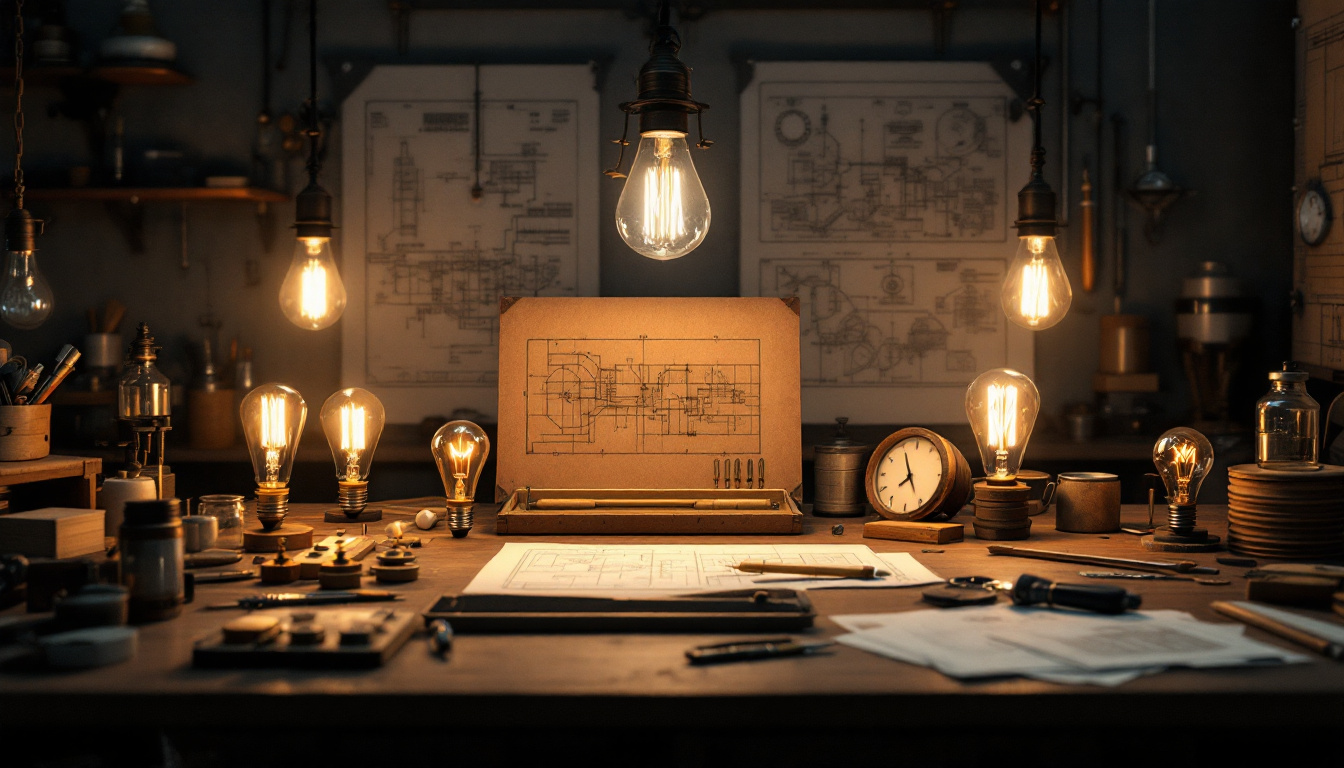
Thomas Edison is often hailed as one of the greatest inventors in history, particularly for his work on the electric light bulb. His relentless pursuit of innovation and improvement transformed the way the world lit its homes and streets. For lighting contractors, understanding Edison’s methods can provide valuable insights into the process of refining products and enhancing service delivery. This article will delve into the improvements Edison made to his light bulb prototypes and offer a comprehensive checklist for lighting contractors to consider in their own projects.
Edison’s journey to creating a practical light bulb was not a straightforward path. It was marked by numerous trials, errors, and relentless experimentation. His initial attempts were fraught with challenges, but each failure provided a stepping stone toward eventual success. Understanding this journey can inspire contractors to embrace a similar mindset when tackling their own projects. The light bulb, which we often take for granted today, was the result of years of perseverance and a refusal to accept defeat, showcasing that innovation often requires a deep commitment to the process.
At the heart of Edison’s approach was the principle of trial and error. He famously tested thousands of materials for the filament before settling on carbonized bamboo. This method of experimentation is crucial for lighting contractors as well. Each project presents unique challenges, and a willingness to experiment can lead to innovative solutions that set a contractor apart from the competition. In fact, Edison’s relentless pursuit of the right filament not only led to the creation of a functional light bulb but also laid the groundwork for future advancements in electric lighting technology.
Moreover, the iterative process of refining designs based on feedback and performance is essential. Contractors should adopt a similar philosophy by continuously evaluating their work and making necessary adjustments. This not only enhances the quality of the final product but also builds a reputation for reliability and excellence. By documenting each phase of their projects, contractors can create a repository of knowledge that informs future endeavors, ensuring that lessons learned from past mistakes are not repeated but rather transformed into stepping stones for success.
Edison understood the value of collaboration. He assembled a team of skilled workers, scientists, and engineers who contributed diverse perspectives and expertise. This collaborative environment allowed for a greater exchange of ideas and accelerated the pace of innovation. For lighting contractors, fostering a team-oriented culture can lead to more creative solutions and improved project outcomes. The synergy created through teamwork can often result in breakthroughs that an individual might not achieve alone, highlighting the importance of diverse skill sets and viewpoints in problem-solving.
Encouraging open communication among team members can also facilitate the sharing of insights gained from previous projects. This collective knowledge can be invaluable in overcoming obstacles and enhancing efficiency in future endeavors. Additionally, establishing mentorship opportunities within teams can nurture talent and inspire less experienced members, ensuring that the legacy of innovation continues. By cultivating an environment where every voice is heard and valued, contractors can harness the full potential of their teams, driving forward not just individual projects but the industry as a whole.
Throughout his experimentation, Edison made several key improvements to his light bulb prototypes that contributed to their eventual success. Understanding these enhancements can provide contractors with valuable lessons in product development and customer satisfaction.
The filament is arguably the most critical component of a light bulb. Edison’s initial designs utilized a variety of materials, including platinum and carbon. However, it was the discovery of carbonized bamboo that marked a significant breakthrough. This material not only had a longer lifespan but also produced a brighter light.
For lighting contractors, the lesson here is clear: invest time in researching and testing different materials. The right choice can lead to improved performance and customer satisfaction. Additionally, staying informed about advancements in lighting technology can provide contractors with a competitive edge. The evolution of filament technology has continued into the present day, with innovations such as LED and OLED lighting, which offer even greater efficiency and longevity. By keeping abreast of these developments, contractors can offer clients the latest in lighting solutions, ensuring their projects are both modern and sustainable.
Another pivotal improvement was Edison’s development of the vacuum-sealed bulb. By removing air from the bulb, he significantly reduced the rate of filament degradation. This innovation extended the life of the bulb and improved its efficiency, making it a more attractive option for consumers.
Lighting contractors can draw parallels from this innovation by considering how to enhance the longevity and performance of their installations. Whether through better materials, advanced techniques, or energy-efficient solutions, the goal should always be to provide clients with durable and effective lighting solutions. Furthermore, the concept of vacuum sealing has been adapted in various fields, including food preservation and electronics, showcasing the broader implications of Edison’s work. Contractors might explore similar methodologies in their projects, such as using sealed fixtures that protect bulbs from environmental factors, thereby extending their operational life.
Edison was meticulous about testing his prototypes. He conducted extensive experiments to determine the optimal conditions for performance, including voltage levels and filament thickness. This rigorous approach to quality control ensured that only the best products reached the market.
For contractors, implementing a robust testing and quality assurance process is essential. This includes not only the materials used but also the installation techniques employed. By prioritizing quality, contractors can enhance their reputation and foster long-term relationships with clients. Moreover, embracing a culture of continuous improvement, akin to Edison’s iterative testing methods, can lead to innovative practices within a contracting business. Regularly soliciting feedback from clients and conducting post-installation evaluations can provide insights that drive future enhancements, ensuring that contractors remain at the forefront of the industry.
Inspired by Edison’s innovative spirit and commitment to improvement, here is an ultimate checklist for lighting contractors. This guide can help ensure that every project is executed with precision and excellence.
Before embarking on any lighting project, thorough planning is essential. This includes understanding the client’s needs, the space’s requirements, and the desired aesthetic. A well-thought-out design can make all the difference in the final outcome.
The choice of materials can significantly impact the performance and longevity of the lighting installation. Contractors should prioritize quality and compatibility with the intended use.
Proper installation is crucial for the effectiveness and safety of any lighting project. Following best practices ensures that the installation meets both client expectations and industry standards.
As demonstrated by Edison, rigorous testing is vital. This step ensures that the lighting system operates as intended and meets performance standards.
Maintaining open lines of communication with clients throughout the project is essential. This not only builds trust but also allows for adjustments based on client feedback.
The legacy of Thomas Edison serves as a reminder of the importance of innovation in the field of lighting. By adopting a mindset of continuous improvement and learning, lighting contractors can enhance their skills and offerings.
The lighting industry is constantly evolving, with new technologies and trends emerging regularly. Contractors must stay informed about these changes to remain competitive.
Continuous learning is essential for any contractor looking to excel. Investing in professional development can lead to improved skills and greater business success.
Thomas Edison’s journey to perfecting the light bulb is a testament to the power of innovation, persistence, and collaboration. For lighting contractors, applying these lessons can lead to improved project outcomes and enhanced client satisfaction. By embracing a culture of experimentation, investing in quality materials, and maintaining open communication, contractors can not only honor Edison’s legacy but also pave the way for their own success in the lighting industry.
Ultimately, the path to excellence in lighting is one of continuous improvement, driven by a commitment to quality and a willingness to adapt to new challenges. By following the ultimate lighting contractor checklist and drawing inspiration from Edison’s methods, contractors can illuminate their projects with brilliance and innovation.
Ready to take your lighting projects to the next level? At LumenWholesale, we provide lighting contractors with the finest spec-grade lighting products at prices that can’t be beaten. Say goodbye to unnecessary markups and hello to a vast selection of industry-standard lighting solutions that promise reliability and high performance for any project. With the convenience of free shipping on bulk orders, you can trust that you’re getting premium quality without hidden costs. Elevate your lighting installations by choosing Wholesale Lighting at the Best Value with LumenWholesale, where quality meets affordability and service is simplified.
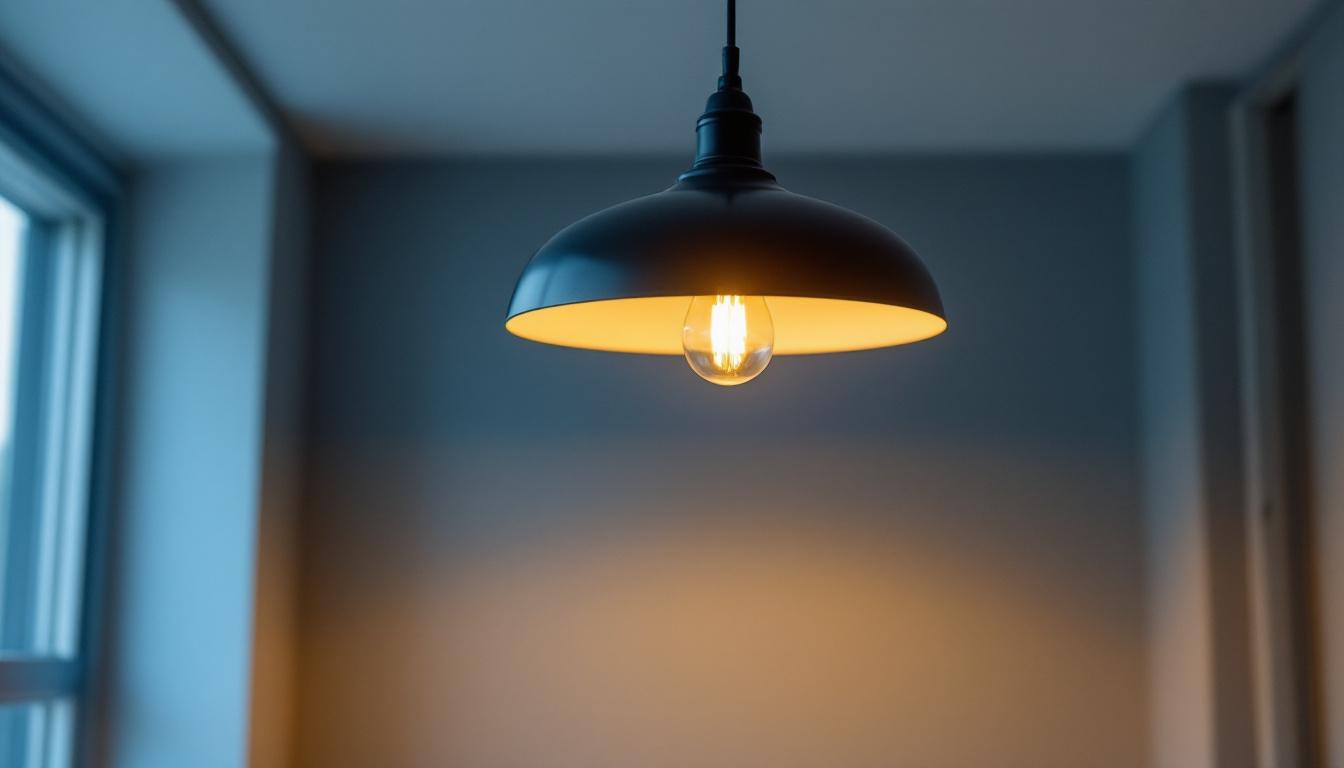
Discover the crucial role hanging ceiling light fixtures play in the success of lighting projects.
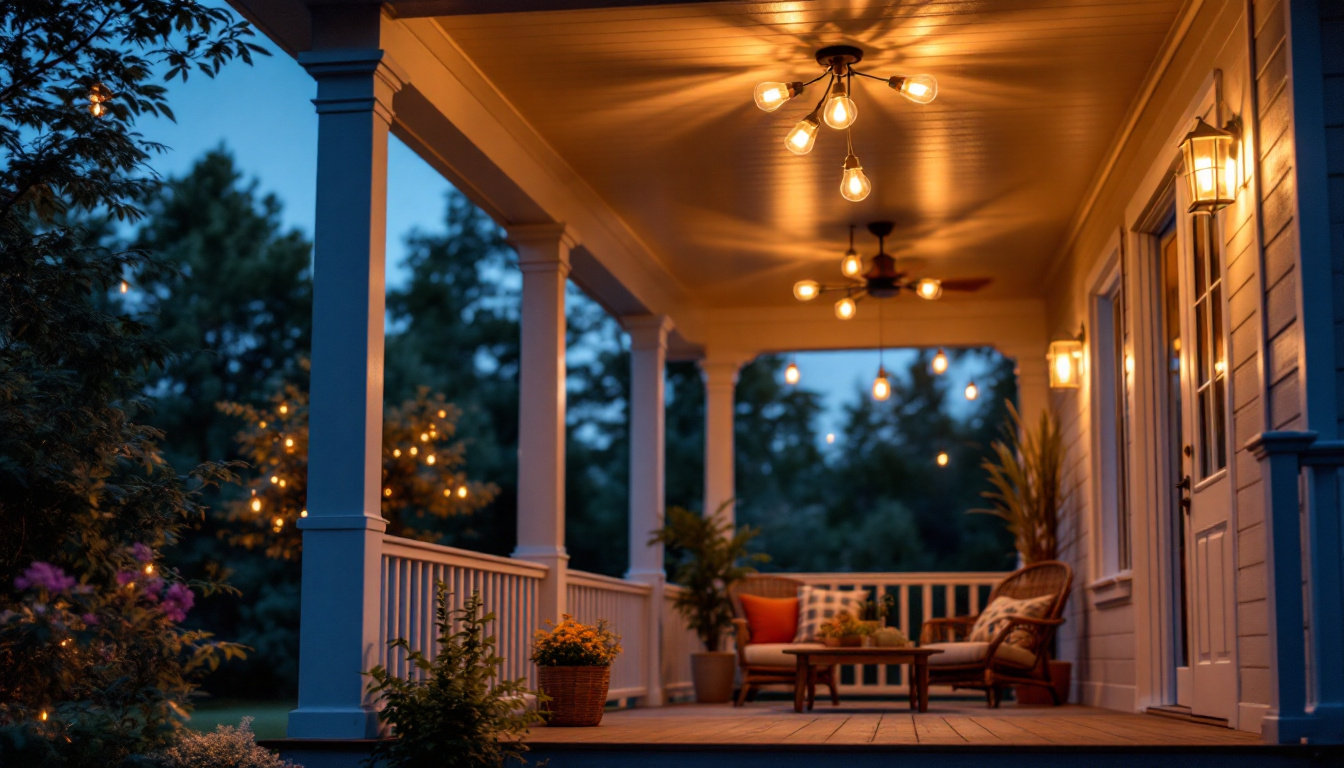
Discover how lighting contractors can enhance their business by mastering the installation of outdoor ceiling porch lights.
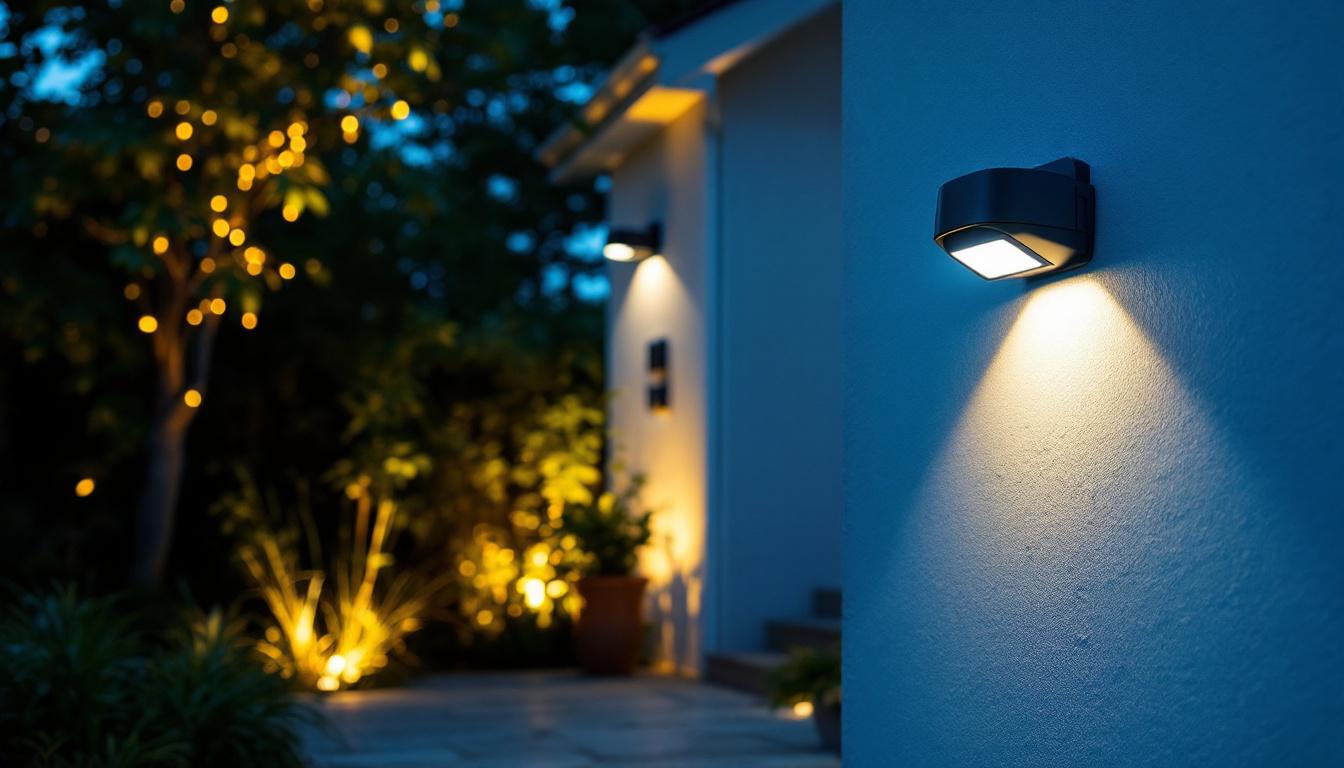
Discover essential information on outside motion detector lights tailored for lighting contractors.
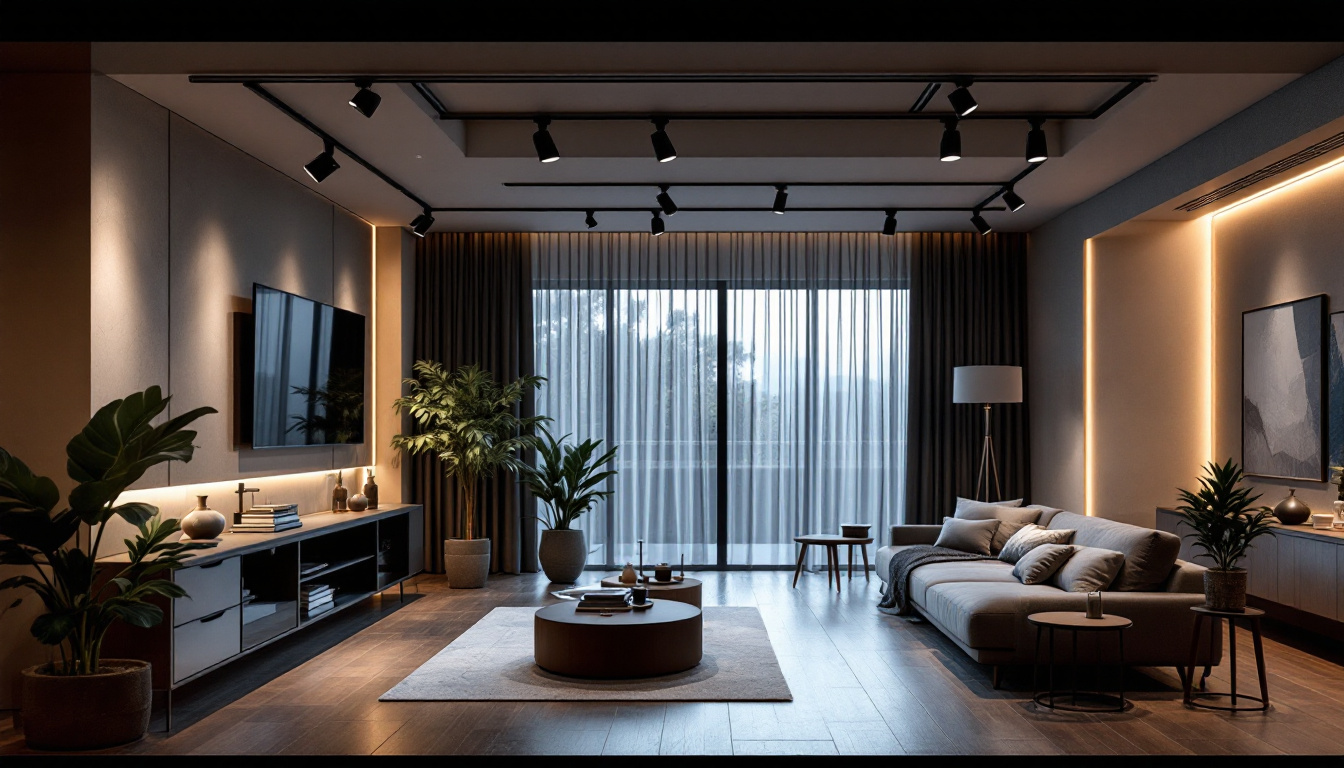
Discover essential insights and expert tips on track lighting in this comprehensive guide tailored for lighting contractors.